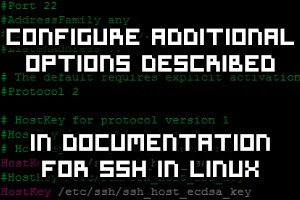
Here we are going to take a look at some of the options available to us when configuring OpenSSH server and discuss what they actually do, as per the RHCE objective.

Here we are going to take a look at some of the options available to us when configuring OpenSSH server and discuss what they actually do, as per the RHCE objective.
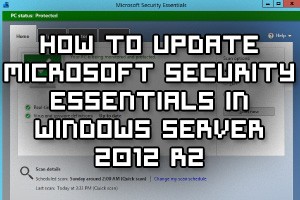
Recently I covered how to install Microsoft Security Essentials in Windows Server 2012 R2, however after performing a Windows update it failed to install with error 0x8004FF04.
Here I will discuss why this happens and then cover how to resolve this problem and update Microsoft Security Essentials manually.
Read more »
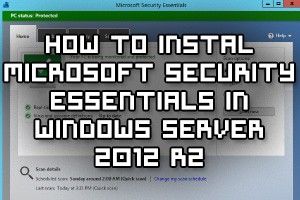
Windows Defender has been built into Windows 8, 8.1 and 10 by default to provide protection against malware, however there is no such default program installed in the Windows server operating system.
To provide a basic level of security in a small server environment, we can install Microsoft Security Essentials with some simple modifications which contains most of the functionality of Windows Defender for free.
By default if you try to install Microsoft Security Essentials in Windows Server you will receive various errors which we will cover how to fix here.
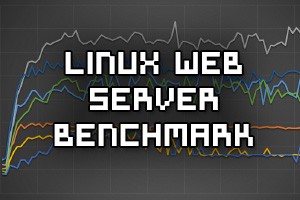
I have previously performed a benchmark on a variety of web servers in 2012 and have had some people request that I redo the tests with newer versions of the web servers as no doubt a lot has likely changed since then.
Here I’ll be performing benchmarks against the current latest versions of a number of Linux based web servers and then comparing them against each other to get an idea of which one performs the best under a static workload.
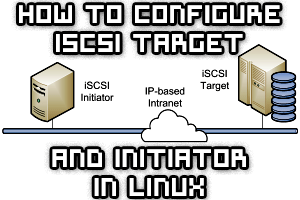
With an iSCSI target we can provide access to disk storage on a server over the network to a client iSCSI initiator. The iSCSI initiator will then be able to use the storage from the iSCSI target server as if it were a local disk.
Here we cover how you can set up both an iSCSI target and an iSCSI initiator in Linux and connect them together.